Wonders of Istanbul: A 5-Day Journey
Join our free walking tour through Istanbul's beautiful places over 5 days, where each step reveals stunning architecture and rich history.
Time
3 Hours
Stops
6 Places
Distance
1.9 km
Hagia Sophia (Ayasofya)
Begin your Istanbul adventure with the iconic Hagia Sophia, a stunning architectural marvel that has served as a cathedral, mosque, and now a museum, symbolizing Istanbul's rich history.
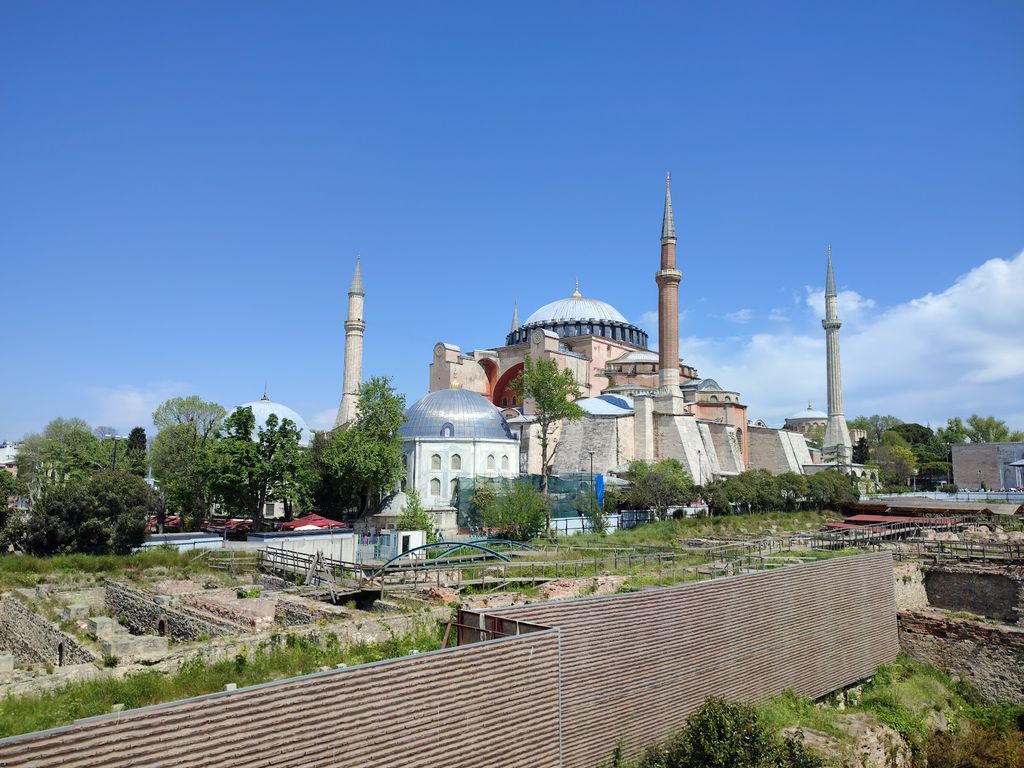
Hagia Sophia (Ayasofya) (Source: Google Maps)
Hagia Sophia, or Ayasofya, is an architectural masterpiece with a history spanning nearly 1,500 years. Originally constructed as a cathedral in 537 AD, it was the world’s largest cathedral for nearly a thousand years. Its transition into a mosque in 1453 after the Ottoman conquest of Constantinople marked a significant cultural shift. The building is renowned for its massive dome, which was an engineering marvel of its time, and its stunning mosaics that showcase the Byzantine art style. In 1935, it was secularized and opened as a museum, symbolizing the mingling of faiths and cultures in Istanbul. Today, it stands as a UNESCO World Heritage site, attracting millions of visitors who marvel at its beauty and historical significance.
Basilica Cistern
Explore the ancient underground Basilica Cistern, a fascinating Byzantine structure that once provided water to the city and is known for its atmospheric lighting and Medusa head columns.
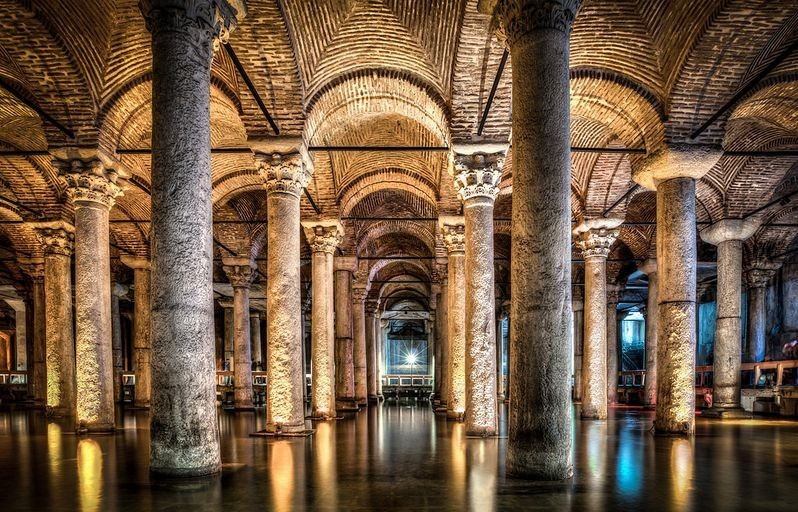
Basilica Cistern (Source: Google Maps)
The Basilica Cistern, an underground marvel built in the 6th century during the reign of Emperor Justinian I, is the largest ancient cistern in Istanbul. It was constructed to store water for the Great Palace and the surrounding buildings. The cistern is known for its atmospheric lighting and impressive columns, 336 in total, many of which were repurposed from older structures. Among these columns, two are adorned with Medusa heads, adding an air of mystery and fascination. The cistern can hold up to 100,000 tons of water, and its hauntingly beautiful ambiance makes it a popular spot for visitors seeking a glimpse into the Byzantine era.
Blue Mosque (Sultan Ahmed Mosque)
Just a short walk away, visit the Blue Mosque, renowned for its six minarets and exquisite blue İznik tiles that adorn its interior.
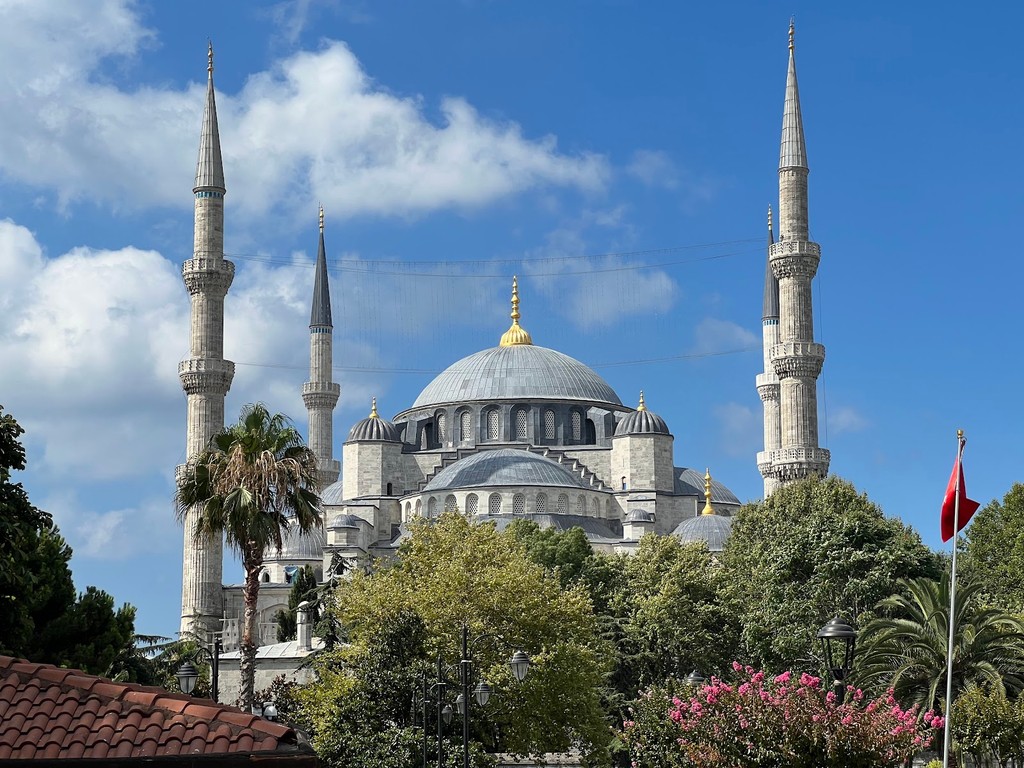
Blue Mosque (Sultan Ahmed Mosque) (Source: Google Maps)
The Blue Mosque, or Sultan Ahmed Mosque, is an iconic symbol of Istanbul, notable for its six minarets and stunning blue tiles that adorn its interior. Commissioned by Sultan Ahmed I in the early 17th century, it was constructed to rival the grandeur of Hagia Sophia. The mosque's architecture is a blend of Ottoman and Byzantine styles, featuring a large central dome surrounded by smaller domes, creating a harmonious silhouette against the skyline. The interior is richly decorated with over 20,000 handmade İznik tiles, showcasing floral designs in vibrant blues and greens. The mosque remains an active place of worship, inviting visitors to appreciate its beauty while respecting its sacred nature.
Topkapi Palace
Discover the opulent Topkapi Palace, the former residence of Ottoman sultans, offering a glimpse into the lavish lifestyle and history of the empire.
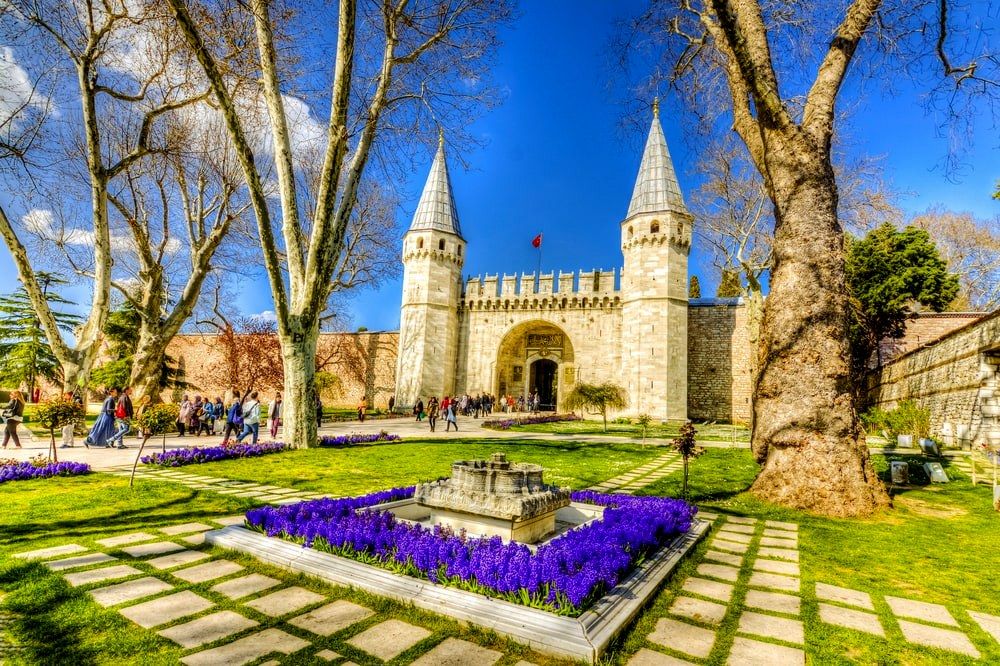
Topkapi Palace (Source: Google Maps)
Topkapi Palace served as the primary residence of the Ottoman sultans for nearly 400 years and is a stunning example of Ottoman architecture and grandeur. Built in the 15th century, it is a sprawling complex that once housed the imperial family and their court. The palace features exquisite courtyards, lavish rooms, and a rich collection of artifacts, including the famous Topkapi Dagger and the Spoonmaker’s Diamond. Visitors can explore the Harem section, which offers insights into the private lives of the sultans and their families. The palace's vast gardens provide breathtaking views of the Bosphorus Strait, making it a significant cultural and historical site in Istanbul.
Istanbul Archaeological Museums
Visit the Istanbul Archaeological Museums to delve into a vast collection of artifacts from various civilizations that have shaped the city's past.
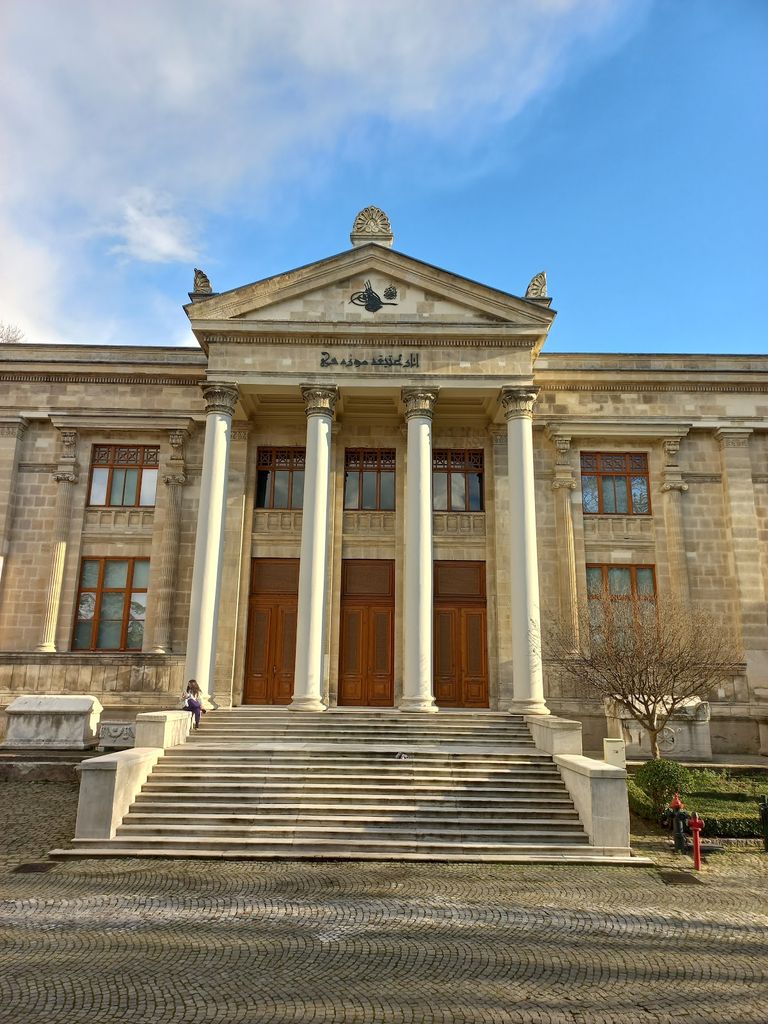
Istanbul Archaeological Museums (Source: Google Maps)
The Istanbul Archaeological Museums consist of three main museums and house one of the world’s richest collections of artifacts. Established in the late 19th century, the museums showcase items from various civilizations that have thrived in the region, including the Greeks, Romans, and Byzantines. The highlights include the Alexander Sarcophagus, a masterpiece of ancient art, and the exquisite artifacts from the ancient city of Troy. The museums serve as a testament to Istanbul's role as a crossroads of cultures, offering visitors a deep understanding of the city’s diverse history through its extensive collections.
Gülhane Park
Take a leisurely stroll through Gülhane Park, a beautiful green space that was once the outer garden of Topkapi Palace, perfect for a relaxing break amidst nature.
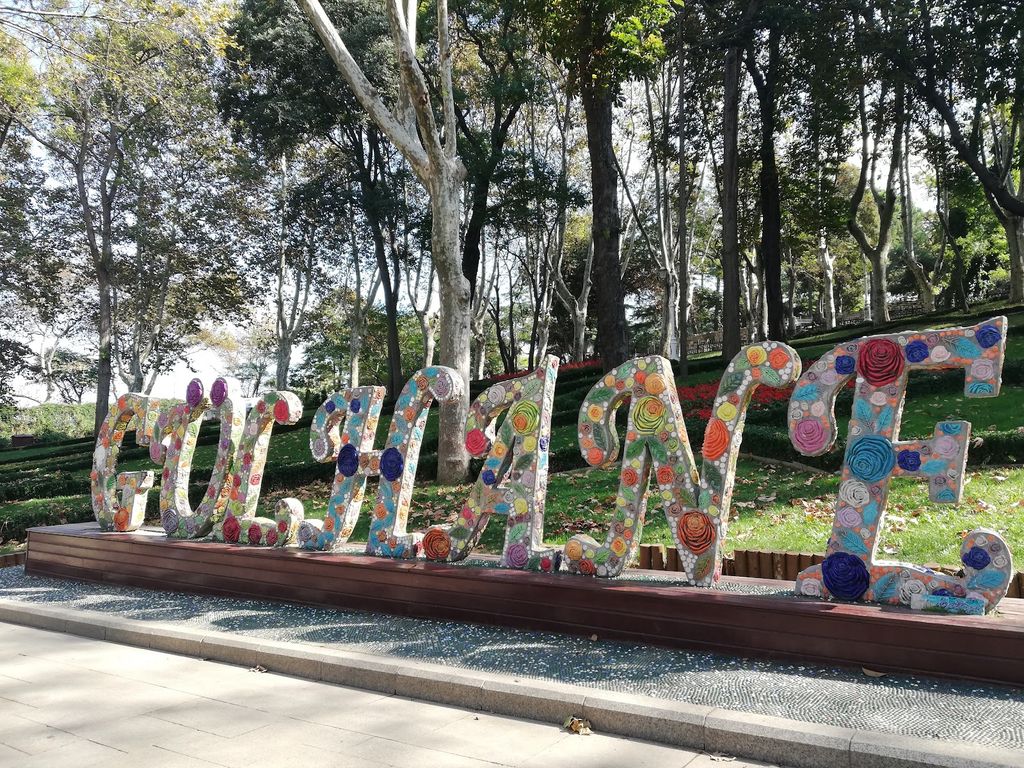
Gülhane Park (Source: Google Maps)
Gülhane Park is a historical urban park that was once part of the outer garden of Topkapi Palace. Spanning over 100 acres, it is one of the oldest parks in Istanbul, established in the 19th century. The park features beautiful pathways, vibrant flower beds, and ancient trees, providing a serene escape from the bustling city. It is a popular spot for both locals and tourists to relax, picnic, or enjoy a leisurely stroll. Gülhane Park is also home to several historical monuments and offers stunning views of the Bosphorus, making it a perfect blend of nature and history.

Your travels, your rules.
Create your own Free Walking Tours.
Set your preferences, distances and anything you want to do or see.
Completely free, no payment required.